Ecommerce in Lockdown
What’s happening right now to digital marketing and the wider economy?
Messaging to capitalise on new lockdown ecommerce audiences
In every sector, customers purchased online who hadn’t done so before, and others became regular online shoppers who had previously only trialled online. The most marked offline-to-online swings were in groceries, beauty and health, household goods and apparel, but this was also an acceleration for the ecommerce sector overall. Where will the new online purchasers go now, and what characterises this new audience segment?
Consumer sentiment surveys in the US and UK suggest a third of new online purchasers say they will definitely continue. Activate Consulting’s lockdown report asked new online customers what offers would attract them to continue with online buying, and compared these to existing online customers. Free Delivery was the biggest value driver - 57% of new customers during lockdown saying that this was key, compared to 47% of existing customers. The second biggest gap was for ‘access to hard to find in-store items’.
Free delivery and good product availability are the two key drivers for retaining new lockdown ecommerce customers.
UK retail recovery - summer lockdown view
How quickly is the UK economy recovering?
Banking payments data across entertainment, leisure and hospitality showed that the weekend of 4th July was a moderate uptick - 7% up week on week, 45% down year on year. Retail footfall was also tracking at 50% down year on year.
Recovery is happening on a steady upward trend - but we are yet to see a sudden acceleration or jump. Current trends suggest recovery by the end of July will reach a year on year drop of a third if no acceleration occurs. Google’s mobility analysis based on phone data also shows that people are only cautiously returning to store and hospitality locations, with cities more affected by low mobility compared to larger mixed counties.
The Bank of England has compared consumer spending from payments data in June to Jan-Feb of this year to give a more optimistic view. The average drop in consumer spending overall on this calculation was hitting 15% down by the end of the month, with the trend again showing steady recovery.
Ecommerce antitrust in the UK - CMA publish final report
The long awaited report from the Competition and Markets Authority was published this week, analysing ecommerce and digital marketing competition in the UK. This is a landmark for the way that the search and ad power of Google and Facebook is regulated in the UK.
The report is full of policy and legal proposals aimed at increasing competition. These would be enacted by a new Digital Markets Unit. The DMU would have the power to potentially break-up of platforms, enforce data protection or sharing, and would aim to increase consumer choice. The report also argues that innovation has been stifled by monopolies and lack of competition. ‘We are concerned that, without reform, existing market dynamics will mean that the next great innovation can not emerge to revolutionise our lives in the way that Google and Facebook have done in the past,’ the report argues.
One headline grabbing area highlighted concerns payments by one company to be the default map or search engine within another operating system or platform. Specifically, Google paying Apple to be the default search option on iPhones and Macs (at a cost of over $1bn a year).
TikTok self service ads now live
TikTok’s self serve ad platform went live across the world this week. ‘Don’t make ads, make Tiktoks,’ is the mantra of the TikTok For Business portal. 'TikTok ads are an exciting platform for younger engaged audiences. We're looking at recommendations for some of our social clients, and are keen to see initial case studies. Minimum campaign costs kick in on a monthly basis, however, which makes testing hard,' comments Leanne Yates, who heads up Paid Social at Kinase.

